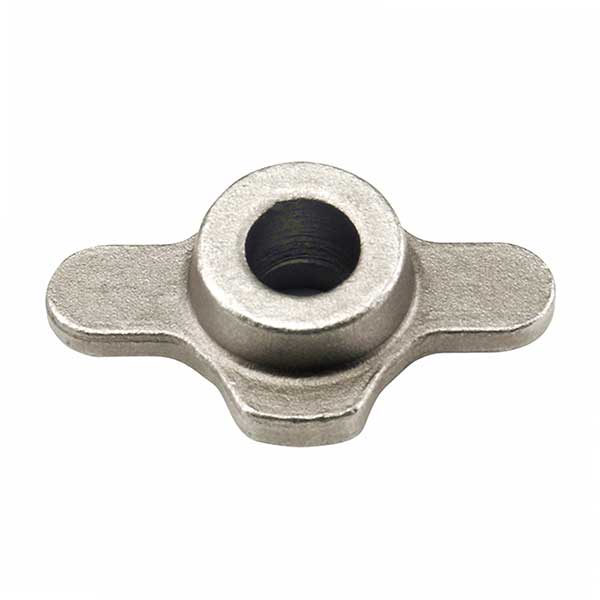WHAT ARE THE EFFECTS OF FORGING PROCESS ON FORGINGS?
In forging production, in addition to ensuring the required shape and size of the forging, it must also meet the performance requirements put forward during the use of the parts, which mainly include: strength index, plastic index, impact toughness, fatigue strength, fracture initial and Stress corrosion resistance, etc. For parts working at high temperature, there are also high temperature instantaneous tensile properties, durable properties, anti-deformation properties and thermal fatigue properties.
INFLUENCE OF FORGING ON METAL MICROSTRUCTURE AND PROPERTIES
The raw materials for forging are ingots, rolled products, extruded products and forging billets. Rolled material, extruded material and forging billet are semi-finished products formed by rolling, extruding and forging of ingots respectively. In forging production, using reasonable process and process parameters, the structure and properties of raw materials can be improved through the following aspects:
1. Break the columnar crystals, improve the macrosegregation, change the as-cast structure to the forged structure, and weld the internal pores under suitable temperature and stress conditions to improve the density of the material;
2. The ingot is forged to form a fibrous structure, and further through rolling, extrusion and die forging, the forgings can obtain a reasonable distribution of fiber directions;
3. Control the size and uniformity of grains;
4. Improve the distribution of the second phase (for example: alloy carbides in ledeburite steel);
5. To make the organization get deformation strengthening or deformation strengthening, etc.
Due to the improvement of the above structure, the plasticity, impact toughness, fatigue strength and durability of the forgings are also improved, and then the required hardness, strength and plasticity of the parts can be obtained through the final heat treatment of the parts. performance.
However, if the quality of the raw materials is poor or the forging process used is unreasonable, forging defects may occur, including surface defects, internal defects or unqualified performance.

INFLUENCE OF RAW MATERIALS ON THE QUALITY OF FORGINGS
The good quality of raw materials is a prerequisite to ensure the quality of forgings. If the raw materials are defective, it will affect the forming process of the forgings and the final quality of the forgings.
If the chemical elements of the raw materials exceed the specified range or the content of impurity elements is too high, it will have a greater impact on the forming and quality of the forgings. Appears hot and crisp. In order to obtain intrinsically fine-grained steel, the residual aluminum content in the steel needs to be controlled within a certain range, such as 0.02% to 0.04% (mass fraction) of A1 acid. If the content is too small, it will not be able to control the grain size, and it is easy to make the essential grain size of the forgings unqualified; if the aluminum content is too much, it is easy to form wood grain fractures under the condition of forming fibrous structure during pressure processing. Tear-shaped fractures, etc. For another example, in austenitic stainless steel, the more n, Si, Al, and Mo are contained, the more anionite phase, the easier it is to form band cracks during forging, and make the parts magnetic.
…
Details can be accessed by clicking here:https://www.gold-emperor.com/influence-of-forging-process-on-forgings/


